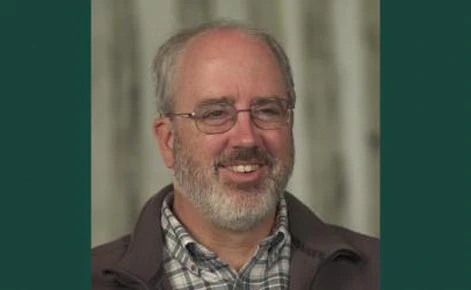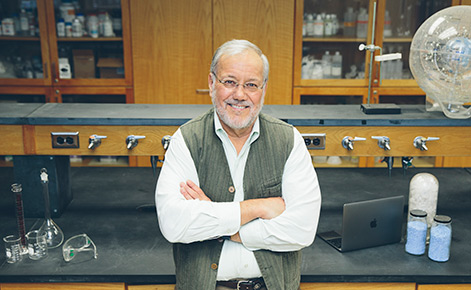Why is it the law in most states to wear a seatbelt?
The answer has to do with energy — how it flows, how it changes and how it impacts more things in daily life than one might imagine.
And that’s the problem: Scholars argue many students don’t have a strong understanding of energy. The way it is typically taught in classrooms is not improving the situation.
Michigan State University scholars from the CREATE for STEM Institute will use a $1.9 million grant from the Institute of Education Sciences to reimagine how energy is taught in high school physics courses.
“Teachers have taught about energy the same way for decades,” explained Robert Geier, principal investigator on the grant and deputy director of the CREATE for STEM Institute. “We’re basing our teaching around concepts originally developed in the 18th and 19th centuries. As we discovered isolated features of energy, we added each to the curriculum in the order of discovery — separate and unconnected. It would be like teaching literacy by teaching Celtic languages and then Middle English. The way we do it doesn’t represent the modern understanding of one single construct of energy.”
Research, some of it led by MSU scholars in the CREATE for STEM Institute, suggests using real-world phenomena — like examining how seatbelts and crumple zones can displace energy during a car crash — as an alternative to traditional learning models. When concepts are explained using items or tools in the daily lives of students, they are better able to relate to and ultimately understand the topic.
Through the grant, Geier and fellow scholars will develop and test instructional units in Michigan high school classrooms using projects on real-world phenomena to reimagine how physics is taught. Students may ask and answer questions such as: Why do airbags explode in a car crash? Why are hard hats made of one material, but bike helmets are made from another?
Elevating the work
The project builds off similar successful programming in middle school, also developed by the CREATE for STEM Institute.
The Exploring Learning in Various Approaches to Teaching Energy, or ELeVATE, project took the same idea for middle school science courses — using real-world questions and problems to illustrate scientific concepts — and proved it was successful. “Teaching and Learning of Science in K-12 Education” was published because of that work; many of the book’s collaborators are working together again for the 2023 grant. Joining Geier are Michigan State University Distinguished Professor Joseph Krajick; David Fortus of the Weizmann Institute of Science (Israel); and Knut Neumann of the Leibinz Institute for Science and Mathematics Education (Germany); and Jeff Nordine of the University of Iowa College of Education.
“This project is a way to transform how energy is taught in schools,” said Krajcik, director of the MSU CREATE for STEM Institute. In addition, Krajcik is on the leadership team for the 2028 National Assessment of Education Progress and on the expert science panel for the 2025 Programme for International Student Assessment from the Organisation for Economic Co-operation and Development. “During ELeVATE, we saw students who studied using that approach had a richer understanding of real-world phenomena and stronger scientific connections. We want to replicate that success with this project.”
The four-year project aligns with the Framework for K-12 Science Education, part of the Next Generation Science Standards. Krajcik was the lead writer for the Physical Science Disciplinary Core Ideas for the Framework, and the lead writer for the Physical Science Performance Expectations for NGSS. In addition, Krajcik was a member of the NGSS leadership team.
Among the goals of the Framework: creating unified understandings of scientific concepts, like energy.
Throughout the four-year project, about 30 teachers and 2,000 students across Michigan will participate.
“To build informed citizens and capable workers for the 21st century, a 21st-century approach to the teaching and learning of the vital concept of energy is crucial,” said Geier. “We’re here to help take that step.”
This story originally appeared on the College of Education website.

